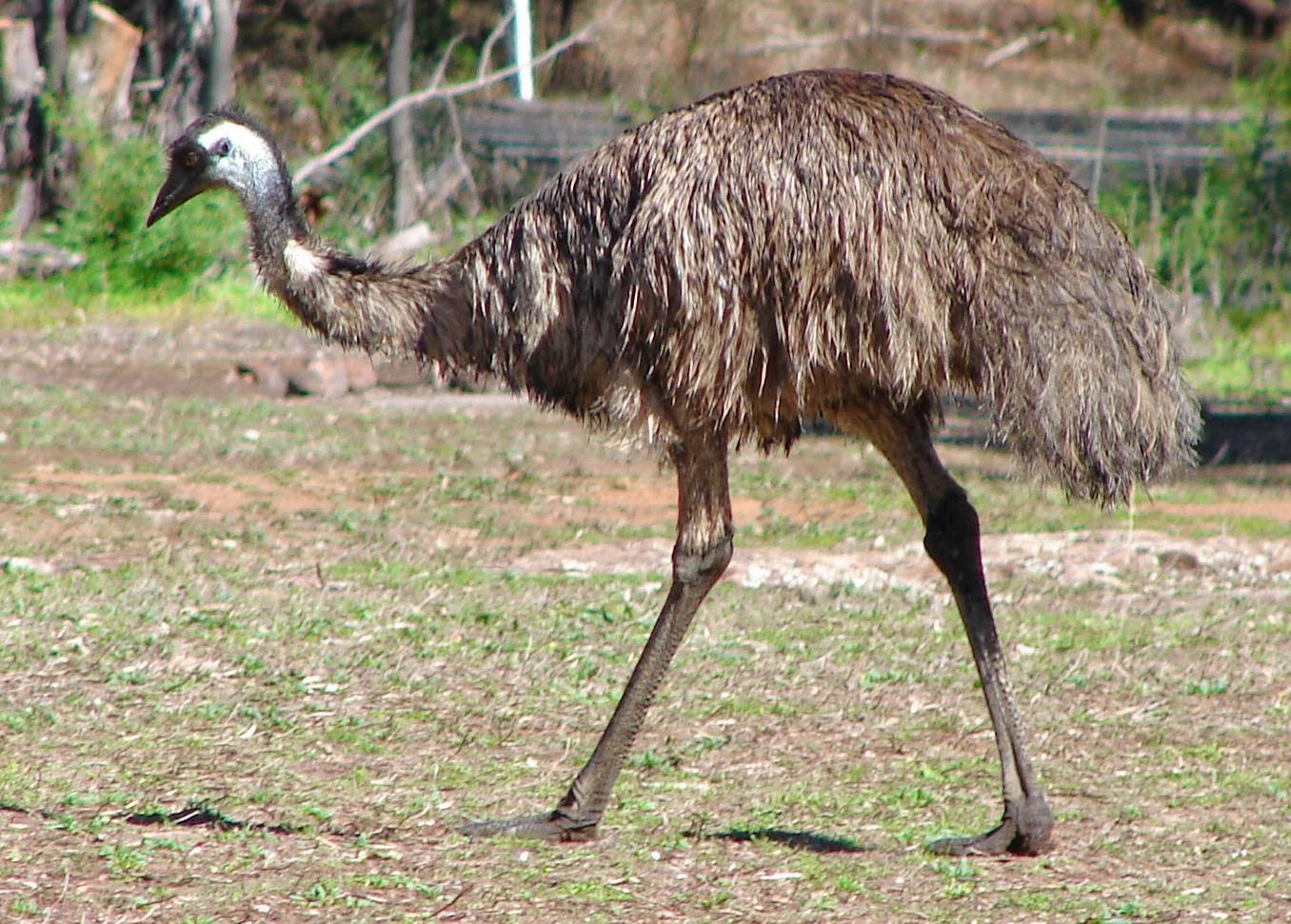Eurasian Eagle Owl
Eurasian Eagle Owl is owl who's range is Real Madrid to Korea. It's wingspan is about 188 cm.It is 56 to 75 meters long weigh up to 1.75 kilograms.
Habitat
Although found in the largest numbers in areas sparsely populated by humans, farmland is include in their habitat types and they have even been observed living in park-like settings within European cities. Since 2005, at least five couples have nested in Helsinki. This is due in part to feral European rabbits (Oryctolagus cuniculus) having recently populated the Helsinki area, originally from pet rabbits released to the wild.
Behavior
The song, which can be heard at great distance, is a deep resonant ooh-hu with emphasis on the first syllable for the male, and a more high-pitched uh-hu for the female. These calls are repeated at intervals of up to a minute. Other calls include a rather faint OO-OO-oo and a harsh kveck-kveck. Annoyance at close quarters is expressed by bill-clicking and cat-like spitting, and a defensive posture involves lowering the head, ruffling the back feathers, fanning the tail and spreading the wings.
Location
PREY AND ENEMIES
SAVE ANIMALS
—It's super-easy to help animals, no matter how old you are. Check out how Save Animals to get a jump-start on making a huge difference in the lives of animal everywhere: Animals are alive for their own reasons, not to entertain us. Animals in movies, circuses, and zoos are denied everything that is natural and important to them. They will never be allowed to hang out with their families, graze, or do anything that they would do in the wild. Refuse to support this cruelty by never going to a zoo, marine park, or circus that uses animals. If your class is planning on dissecting any animal, ask your teacher for a humane alternative assignment, such as using a computer program to perform a virtual dissection. An animal will be saved, and you will actually learn and remember way more! Check out more info on how to get a dissection alternative at your school.
— THE END
—THANK YOU































-L+(1).jpg)





.jpg)

